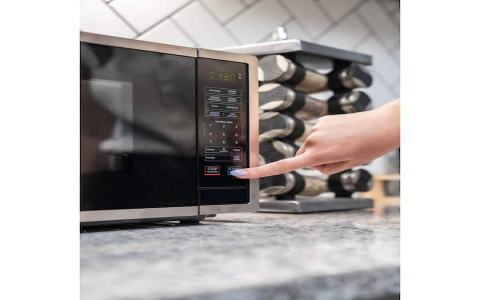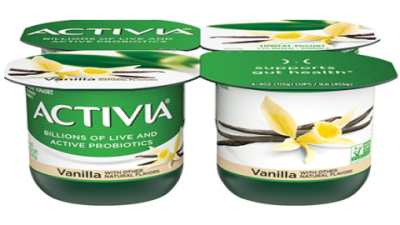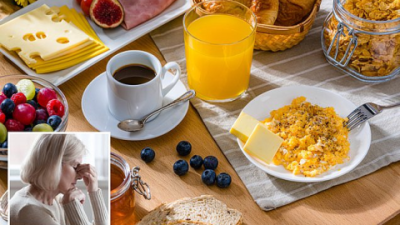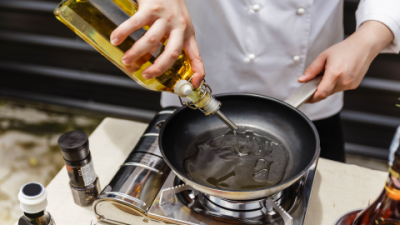You know, there’s something truly magical about cooking with dry heat in an oven. It’s not just about throwing food in a hot box; it’s about transforming raw ingredients into something utterly delicious, crispy, and often, beautifully browned. When I think about it, this technique, which basically covers baking and roasting, is probably one of the most fundamental skills any home cook can master. It’s what gives us those perfectly tender roasted chicken dinners or that incredible loaf of crusty bread. And honestly, once you get the hang of it, you’ll wonder how you ever cooked without it.
Diving into Dry Heat: What Even Is It?
So, "dry heat cooking" sounds a bit fancy, right? But really, it just means we're cooking food with hot air, without adding any water or steam directly to the cooking process. Think about it: when you bake a cake, you don't pour water into the pan. Instead, the heat waves just kinda swirl around the food, doing their thing. In an oven, this happens in a few cool ways:
-
Radiant Heat: This is like the warmth you feel from a campfire – the heat just beams out from the oven walls and those glowy heating elements.
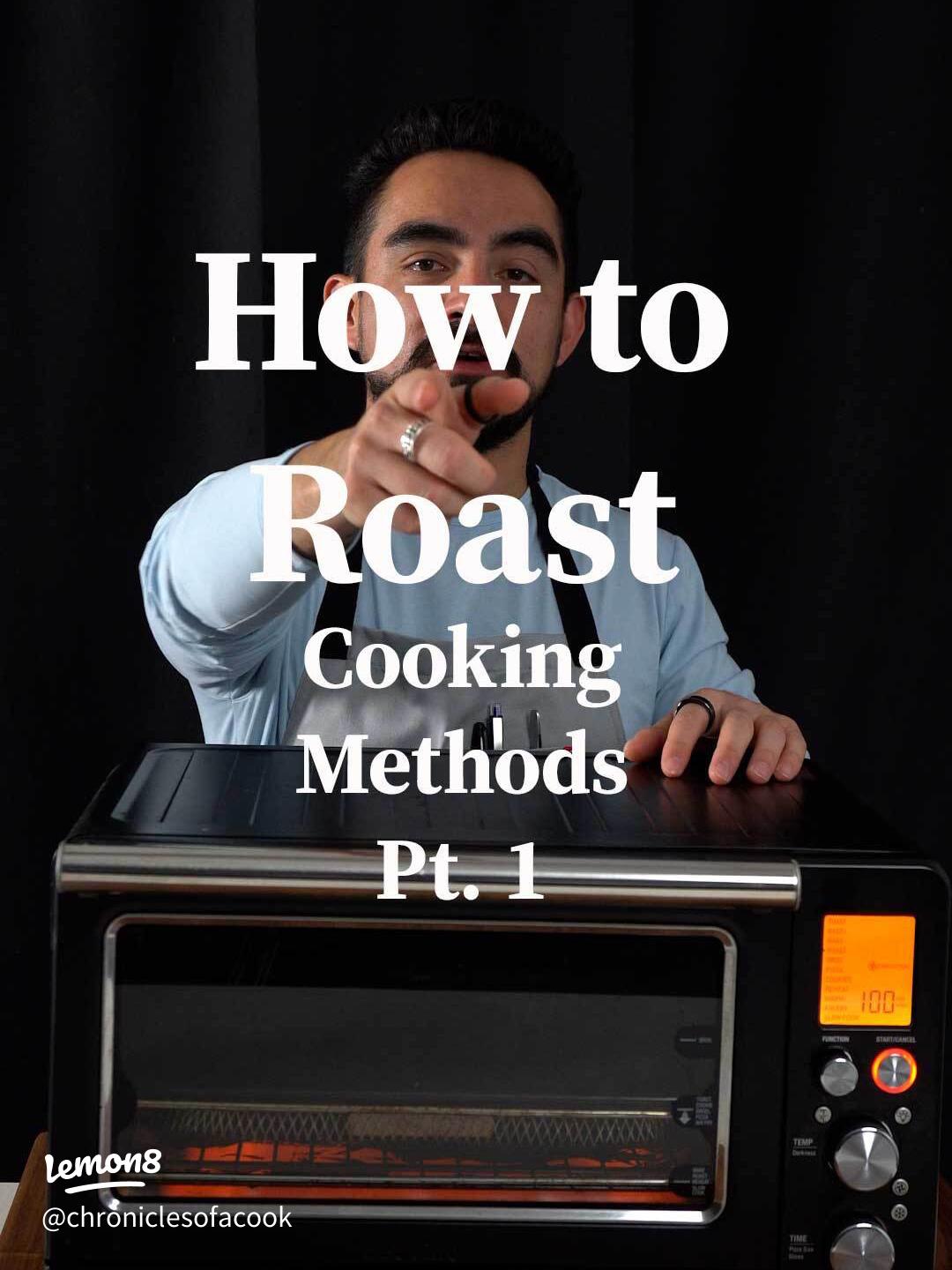
-
Convection: Picture this: hot air is moving, circulating, almost caressing your food. This is super noticeable in ovens with fans (we call them convection ovens), making things cook really evenly.
-
Conduction: This is the most direct kind. Heat touches the pan, the pan touches the food, and the heat then travels through the food itself. It’s how the outside cooks first, and the inside catches up.
This whole dance of heat is what gives us that amazing golden-brown crust, especially on things like roasted potatoes or a juicy piece of chicken. That browning? That’s the famous Maillard reaction, and it’s basically flavor central. It’s why oven-cooked food often tastes so much richer and smells so much more inviting.
Baking vs. Roasting: Is There Really a Difference? (Spoiler: Kinda)
Okay, let’s clear this up, because I used to mix these two up all the time. While they both happen in an oven, there are subtle differences in what they do to your food.
| What We’re Looking At | Baking (My Go-To for Sweet Treats!) | Roasting (Perfect for Sunday Dinners!) |
|---|---|---|
| **Typical Foods** | Think anything from your grandma’s secret cookie recipe to that light, flaky fish. Also, casseroles! | Mostly meats and heartier veggies. Big cuts of meat, whole chickens, those lovely root vegetables that caramelize. |
| **Temperature Vibe** | Generally more moderate. Like a cozy 325°F to 375°F. It’s a gentler warmth. | Usually hotter. We’re often talking 400°F and up! You want that aggressive heat for browning. |
| **Cooking Time** | Can be a bit of a slow burn, sometimes taking longer. Patience is a virtue here. | Can be quicker, especially if you start with high heat. You're trying to get a quick sear on the outside. |
| **Adding Fat?** | Usually not much, or none at all. The fat's often *in* the food (like butter in a cake). | Often, yes! You might rub it with oil, baste it with drippings. It helps with flavor and moisture. |
| **The Goal** | Even cooking through and through, with a nice, tender result. | A gorgeous crispy exterior that’s full of flavor, while keeping the inside wonderfully moist. |
See? Baking is kind of like a warm hug for your food – slow, gentle, and even. Roasting is more like a quick, hot high-five to get that outside crispy, then letting the inside catch up. Both awesome, just for different vibes!
Why Oven Dry Heat is Your Culinary BFF
Honestly, getting good at this type of cooking just opens up so many doors in the kitchen. Here are a few reasons why I absolutely adore it:
-
It Can Be Healthier: If you're trying to cut down on oils, this is your method. You often need little to no added fat, which means fewer calories without sacrificing taste.
-
Flavor Explosion: That Maillard reaction I mentioned? It’s pure magic. It deepens flavors and makes everything smell incredible.
-
Super Versatile: Seriously, you can cook almost anything this way. From delicate fish to robust roasts, cookies to casseroles.
-
Texture Heaven: Want crispy edges and a tender middle? This is how you get it.
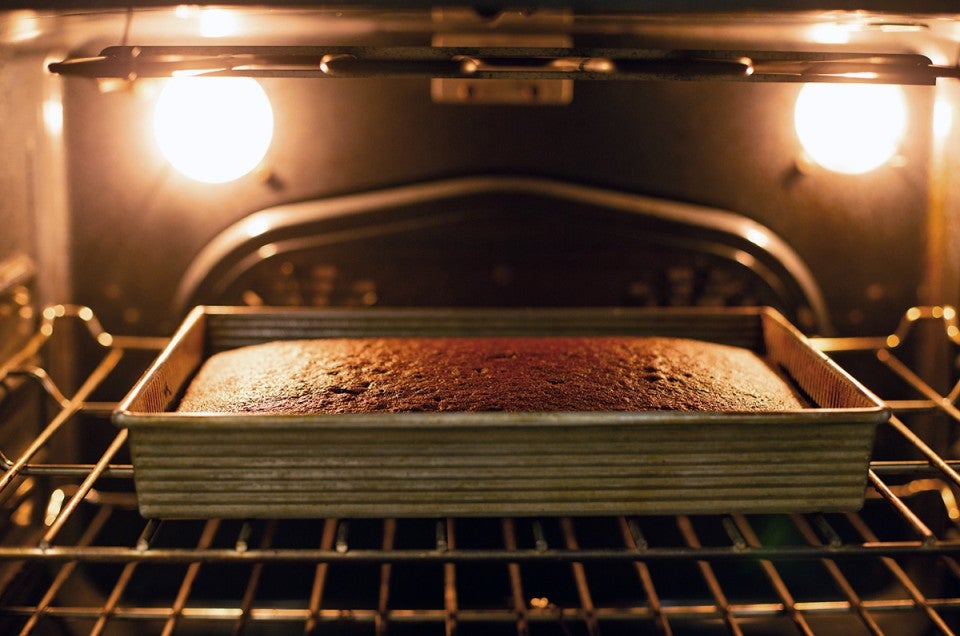
-
Even Cooking (Especially with Convection!): No more burnt edges and raw middles, at least not as often!
Think about your favorite foods that come out of the oven: golden-brown chicken, perfectly roasted potatoes, a gorgeous loaf of sourdough... they all owe their deliciousness to dry heat.
My Go-To Foods for Oven Magic
I mean, the list is endless, but here are some of my personal favorites:
-
Baked Goods: Oh, the breads, the cakes, the muffins... my kitchen always smells amazing when I're baking.
-
Meats: A whole roasted chicken? Yes, please. Pork tenderloin, a leg of lamb for a special occasion.
-
Veggies: Roasted broccoli, carrots, parsnips, even brussels sprouts become surprisingly delicious.
-
Fish: Baking fish in foil or a little parchment creates such tender, flaky results.
-
Casseroles: Lasagna, mac and cheese, those comforting baked pasta dishes. Pure comfort food.
How I Do It: My Easy Oven Dry Heat Tips
Learning to cook by dry heat in an oven really isn't rocket science, but a few simple habits make a world of difference. Here's what I always keep in mind:
-
Preheat, Preheat, Preheat! Seriously, don't skip this. I know it's tempting to just shove the food in, but putting food into an oven that hasn't reached its target temperature is like trying to sprint before stretching. It just won't go well. That initial burst of heat is crucial for proper browning and even cooking.
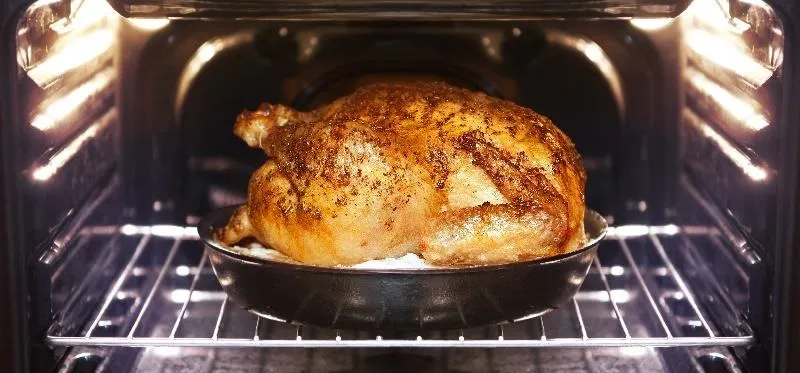
-
Rack Position Matters More Than You Think:
-
Want something to brown quickly on top? Slide it higher up. Think crispy cheese on a gratin.
-
For something that needs to cook evenly all the way through, like a cake or a casserole, the middle rack is usually your best friend. It’s the sweet spot for balanced heat.
-
-
Choose Your Pan Wisely:
-
Metal pans are fantastic if you want good browning on the bottom. They conduct heat super efficiently. Roasting veggies? Metal pan all the way.
-
Glass or ceramic dishes hold heat really well once they're hot, so they're great for things that need to cook through slowly and evenly, like casseroles. Just note, they might not give you quite the same crispiness on the bottom as metal.
-
-
Prep Your Food Like a Pro:
-
If you're roasting meat, pat it dry with paper towels. Seriously. Moisture is the enemy of browning. A dry surface gets crispy; a wet one just steams.
-
Don't be afraid to lightly oil or baste foods that could dry out. A little fat goes a long way in preserving moisture and adding flavor. I often just drizzle a bit of olive oil and a sprinkle of salt and pepper.
-
-
Watch the Clock, but Trust Your Gut (and a Thermometer!):
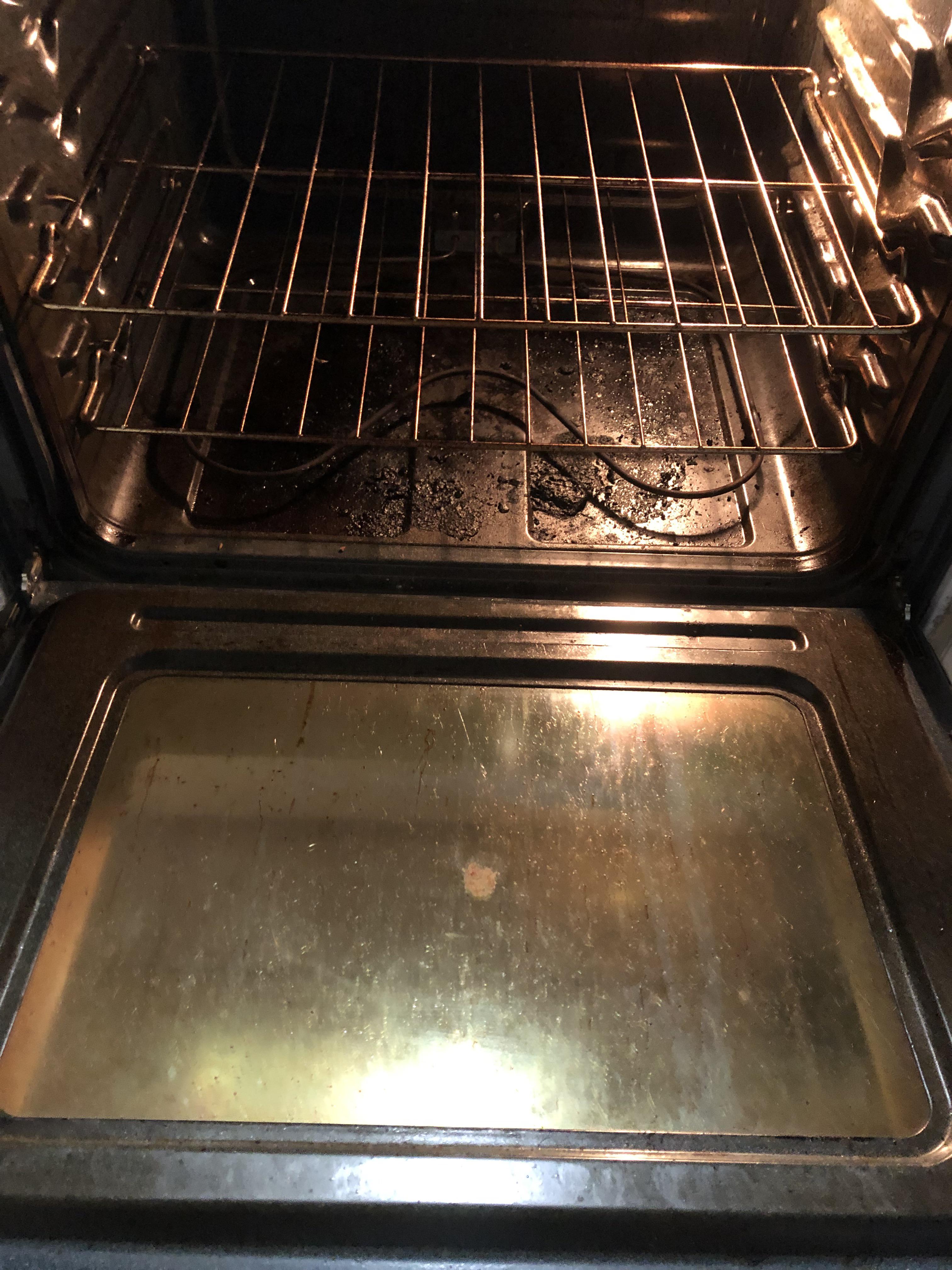
-
Recipe times are a guide, not gospel. Every oven is different, and food thickness varies.
-
For meats, a food thermometer is non-negotiable. It takes the guesswork out of "is it done?" For example, chicken should hit 165°F (74°C). This is truly one of the best kitchen tools you can own.
-
-
Foil is Your Friend:
-
If something is browning too quickly on the outside but needs more time to cook through, a loose tent of foil can be a lifesaver. It protects the exterior from getting too dark while allowing the inside to continue cooking gently. This is especially true for large roasts.
-
-
The Golden Rule: Let it Rest!
-
This is huge, especially for meats. Pull your roast out of the oven, cover it loosely with foil, and let it sit for 10- minutes before slicing. This allows the juices to redistribute throughout the meat instead of gushing out onto your cutting board. Trust me, it makes all the difference in tenderness and juiciness.
-
Convection Ovens: My Secret Weapon for Even Cooking
If you have a convection oven, you're in luck! These babies have a fan that circulates that hot air, making everything cook way more evenly and often faster. I absolutely love mine for roasting anything from a chicken to a sheet pan of veggies. Here’s why they’re great:
-
Faster Cooking: Things just cook quicker, sometimes by as much as 25%! Less time waiting for delicious food.
-
Even Browning: Because the hot air is moving, you get consistent browning and crisping all over, not just on the side closest to the heating element.
-
More Efficient: Shorter cooking times mean less energy used. Win-win!
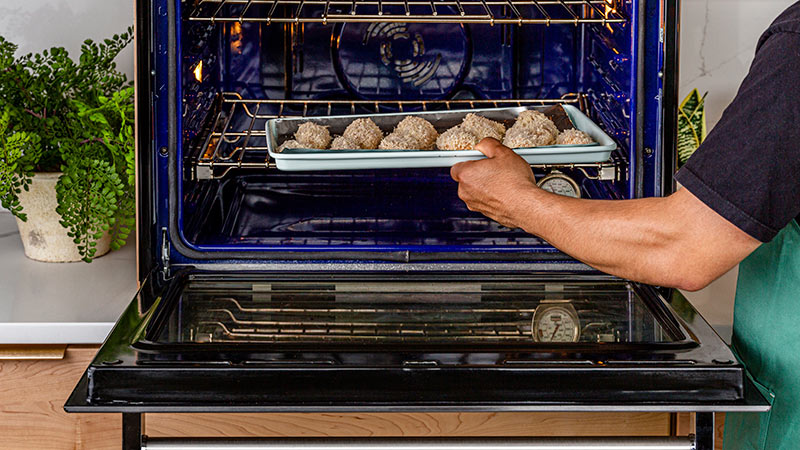
Just a little heads up: if a recipe calls for a conventional oven temperature, you might want to drop it by about 25°F (or 15°C) when using convection, or just reduce the cooking time a bit. You’ll get a feel for it.
Some Handy Oven Lingo to Know
-
Basting: This is when you spoon or brush those lovely cooking juices or some melted butter over your food as it cooks. Keeps it moist and adds flavor.
-
Broiling: Think of this as reverse grilling. Instead of heat from below, it’s intense, direct heat from above. Great for quickly browning the top of a casserole or cooking thin cuts of meat.
-
Searing: This is when you cook something at super high heat, usually on the stovetop first, to create a beautiful brown crust. Many people sear a roast before popping it in the oven to lock in juices and flavor.
-
Caramelization: This is the magic that happens when sugars in food (even savory foods have some!) turn brown and get that sweet, nutty flavor when heated. It’s part of why roasted vegetables taste so amazing.
| Method | How It Heats Up | Typical Temperature Range | What I Love to Cook This Way | How Long It Takes (Roughly) | My Thoughts on It |
|---|---|---|---|---|---|
| **Baking** | The warm, gentle hug of surrounding hot air. | 325°F - 375°F | My favorite cookies, fluffy cakes, delicate fish fillets, casseroles. | Medium to long. Depends on what you're making! | Super reliable for even cooking and tender results. |
| **Roasting** | Hot air all around, but more aggressive! | 400°F+ | That perfect Sunday roast chicken, crispy potatoes, root veggies that get sweet and caramelized. | Medium to long, but can feel faster due to higher heat. | Great for getting that lovely crispy outside and juicy inside. |
| **Broiling** | Direct, intense heat from above. Like a superpower! | Very high (500°F+) | Steaks (for a quick sear!), fish that needs a golden top, melting cheese on anything. | Super short! We're talking minutes, often. | Amazing for quick browning and finishing dishes. Watch it like a hawk though! |
A Little About the Healthy Side of Things
One of the things I really appreciate about oven cooking, especially baking and roasting, is that it's generally a much healthier option than, say, deep-frying. You don't need tons of oil, which means fewer calories and less unhealthy fats. Plus, because you're getting so much flavor from the browning process, you often don't need to pile on extra salt or heavy sauces. It's a great way to enjoy delicious food that's also good for you.
Burning Questions? (Pun Intended!) – My Oven FAQs
I get asked these all the time, so here are my quick answers:
- **Q: What's the magic temperature for baking?**
A: Most of the time, I'm hovering between 325°F and 375°F. Breads sometimes like it hotter, around 450°F for that crust, and really delicate things might prefer a slightly lower temp.
- **Q: How do I stop my food from turning into a dry brick?**
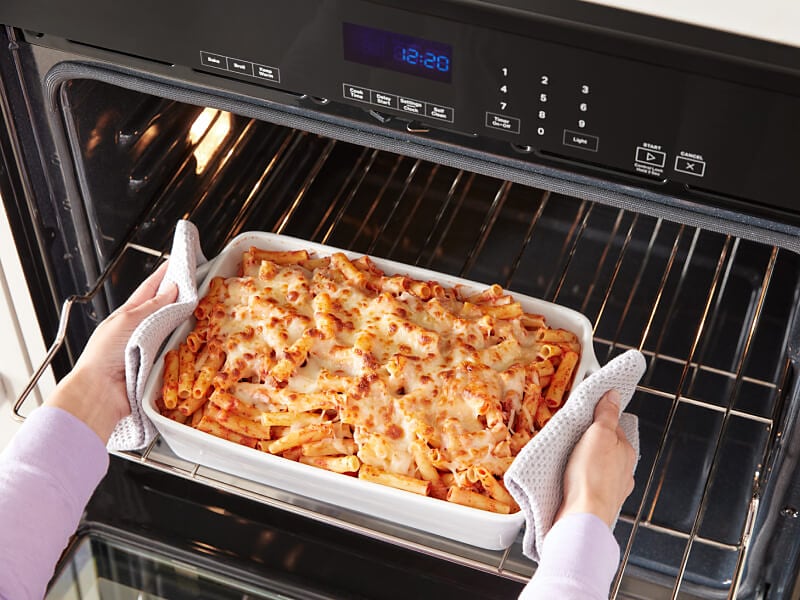
A: The biggest trick is to not overcook it! Use a thermometer for meats. Also, consider covering things with foil partway through if they're browning too fast, and baste if you think it needs it.
- **Q: Can I use the same temp for both roasting AND baking?**
A: Not usually. Roasting generally likes things hotter to get that crisp crust, while baking prefers a gentler, more even heat. Always check your recipe!
- **Q: What’s the deal with broiling vs. roasting?**
A: Broiling is quick, intense, top-down heat for browning fast. Roasting is more about surrounding the food with high heat for a longer cook, getting that lovely crispy outside and tender inside.
- **Q: Are convection ovens *really* better for baking?**
A: Oh, absolutely! They cook more evenly and faster. Just remember to tweak the temp down a bit or shorten the cooking time from your recipe, because they're so efficient.
Wrapping It All Up: Embrace Your Inner Oven Master!
Seriously, learning how to cook with dry heat in your oven is such a game-changer. It’s not just about following a recipe; it’s about understanding a fundamental principle of cooking that will empower you to create amazing dishes, whether you're making a simple weeknight meal or a show-stopping feast. From getting that perfect golden crust to ensuring juicy, tender interiors, these simple tips will truly elevate your cooking. So, go ahead, preheat that oven, and let the magic begin! You’ve got this.
